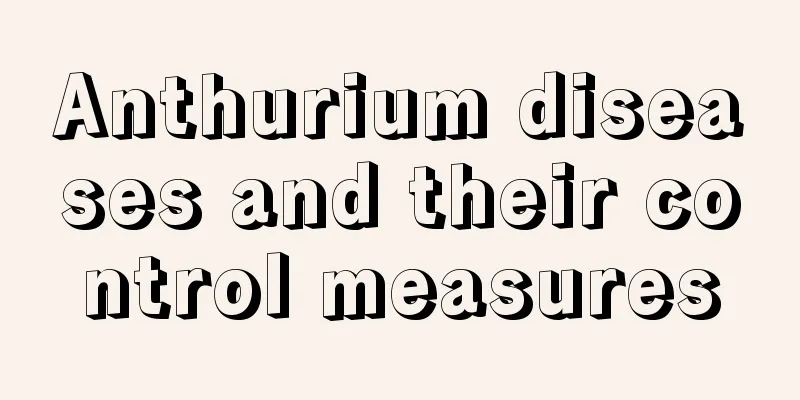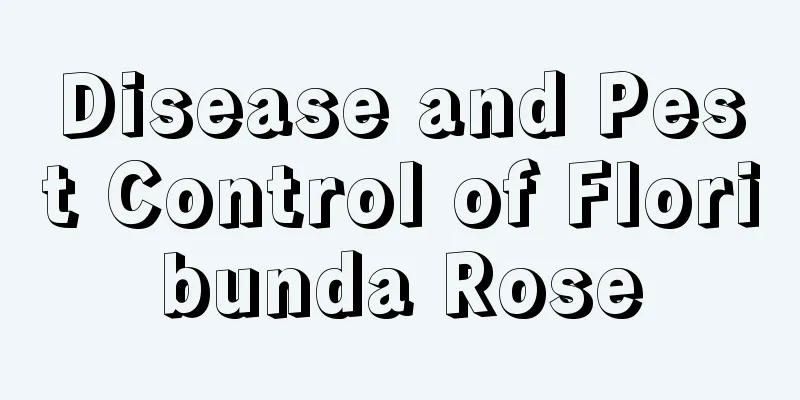Anthurium diseases and their control measures

Anthurium bacterial wiltSymptomsThe pathogen of this disease mainly enters the plant body through wounds on the stems and leaves of the plant, and the failure of the stomata on the edges of the leaves to close in time in the early morning, causing the disease. There are two types of disease manifestations: one is on the leaves and mosaics, with water-like spots on the back of the leaves, which gradually expand into brown spots with yellow halos; the other is on the stems, with yellow spots on the stems, which then infect the leaves, turning dull and yellow, and white liquid flowing out of the stems. Prevention and treatment measuresBacterial wilt is mainly prevented: Environmental prevention: Strengthen temperature control. The ideal growth temperature for bacteria is around 30°C, so keep the temperature below this range. Ensure the hygiene of the environment around the plants and clean up dead branches and leaves regularly. Fertilizer prevention: Use as little ammonia nitrogen fertilizer as possible during plant growth. During the growth process, if diseased plants are found, they should be cleaned up in time and sprayed with something for disinfection. Drug prevention: Spray medicine regularly for prevention. Anthurium is more sensitive to copper preparations, so usually oxytetracycline, phytocomycin, and chloramphenicol are used. They should be diluted with clean water before use. Anthurium AnthracnoseSymptomsWhen the plant is infected with the pathogen, circular brown spots form along the leaf veins. The spots gradually connect to form large brown-yellow spots, which eventually dry up. Prevention and treatment methodsStrengthen management, ventilate frequently, and clean up diseased leaves and plants in time. Spray pesticides in time for prevention and control in the early stage of the disease. Commonly used pesticides are thiophanate-methyl, carbendazim, and mancozeb. Spray the plants after diluting them with clean water. Use the medicine once every 7 to 10 days, and it will be effective after 2 to 3 times. Physiological diseases of anthuriumBlind flowers, flower deformitiesThe main reason for this situation is excessive root pressure or genetic reasons of the plant itself. It can be corrected through post-maintenance. Pay attention to water control, choose soil with good air permeability, loosen the soil in time, and the situation will improve after planting for a period of time. Spathe not openingThe spathe is the most colorful part of the anthurium, but if it is not properly maintained, the spathe will become curled up, affecting its appearance. When caring for the plants, pay attention to increasing the indoor temperature, watering appropriately, and frequently sprinkling water on the leaves to ensure sufficient air humidity. |
<<: Common diseases and prevention methods of honeysuckle
>>: Peach blossom disease prevention and control
Recommend
What is the most profitable crop in rural areas in 2022 (What crops will make money and get rich quickly in the next five years)
What to plant in rural areas to get rich quickly ...
What fertilizer is best for poplar trees (what fertilizer makes poplar seedlings grow fastest)
Poplars are the "C position" in my coun...
Tips for watering elm bonsai
1. Tips for watering elm bonsai Water when the so...
How to grow and prune roses
1. Maintenance methods 1. Watering: Roses are afr...
How to care for the newly bought golden edge spider plant
1. Soil It has low requirements for soil quality,...
When is the best month to prune lemons?
Lemon pruning is an important horticultural manag...
How to care for green radish potted plants
1. Potting soil When caring for potted plants, it...
Reasons and treatments for yellow leaves of moonflower
1. Temperature discomfort Reason: The temperature...
The cultivation methods and precautions of bougainvillea potted plants
1. Breeding methods 1. Soil: The plant is more su...
How to propagate peony
1. Take the seeds The main method of reproduction...
Magnolia growth environment conditions and characteristics
Magnolia growth environment conditions and requir...
It is now popular to grow "leeks" in flower pots. Learn this method and you can harvest crop after crop!
I heard that growing leeks in flower pots is very...
Remedial measures after wheat frost damage (causes and solutions for severe wheat frost damage)
Since the growing period of wheat seedlings is ge...
The placement and Feng Shui of New Year's oranges
The significance of buying oranges during the Spr...
How to fertilize hosta, so that the flowers can be bigger!
The degree of fertilizer required This plant has ...









